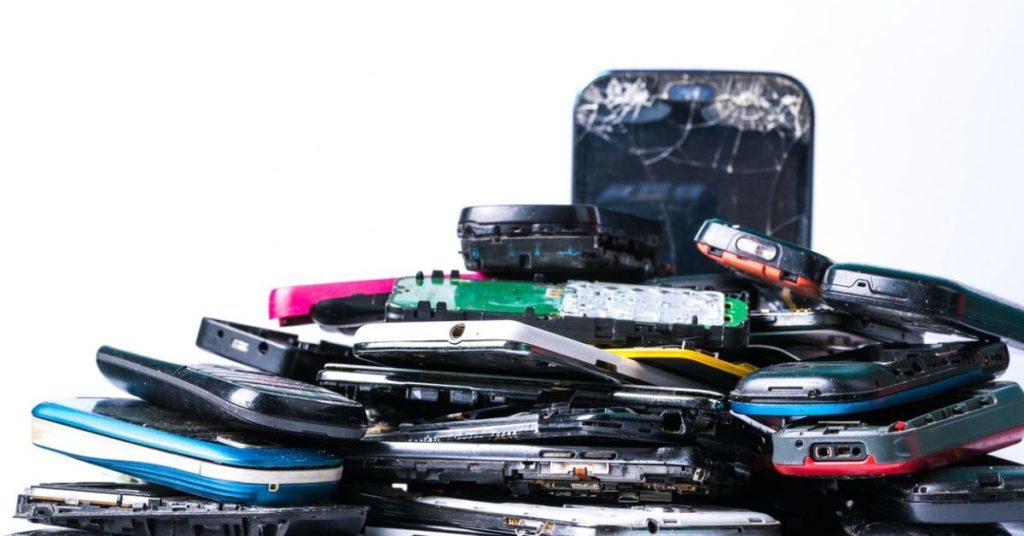UC San Diego Computer Scientists Tackle Annual Waste of 1.5 Billion Junked Smartphones

From a pristinely packaged device on a box-store shelf to a beat-up and abandoned phone stripped of its SIM card, a smartphone’s journey from indispensable to deactivated is remarkably brief.
In a paper presented at the 2023 Architectural Support for Programming Languages and Operating Systems, computer scientists from the University of California San Diego Jacobs School of Engineering say that most smartphones are decommissioned 2.5 years after purchase. That’s the average length of time consumers keep their phones before depleted battery life, a broken screen, obsolete software or the release of a new model motivates them to shop for a replacement.
With 1.5 billion smart phones sold annually, it’s estimated that nearly as many are deactivated within that same time frame. The end-of-the-line for many of these outmoded smartphones is a junk drawer or a storage box in the garage.
But while these devices languish out-of-sight, out-of-mind, their processors could run faultlessly for more than 10 years. That means smartphones are routinely retired after expending just 25% of their functional lifespan.
This truncated lifespan begs the question: can smartphones be given a second life? If so, a second and more perplexing question must be considered, too: how can smartphones be repurposed without doing more environmental harm than good?
These are the issues researchers from UC San Diego’s Department of Computer Science and Engineering (CSE) are tackling. PhD student and first author Jennifer Switzer, along with her coauthors CSE professors Ryan Kastner and Pat Pannuto and PhD student Gabriel Marcano, has proposed a promising strategy to target smartphone waste in the paper Junkyard Computing: Repurposing Discarded Smartphones to Minimize Carbon.
Press
Project Details
- UC San Diego Researchers: Jennifer Switzer, Gabriel Marcano, Ryan Kastner, and Pat Pannuto.
